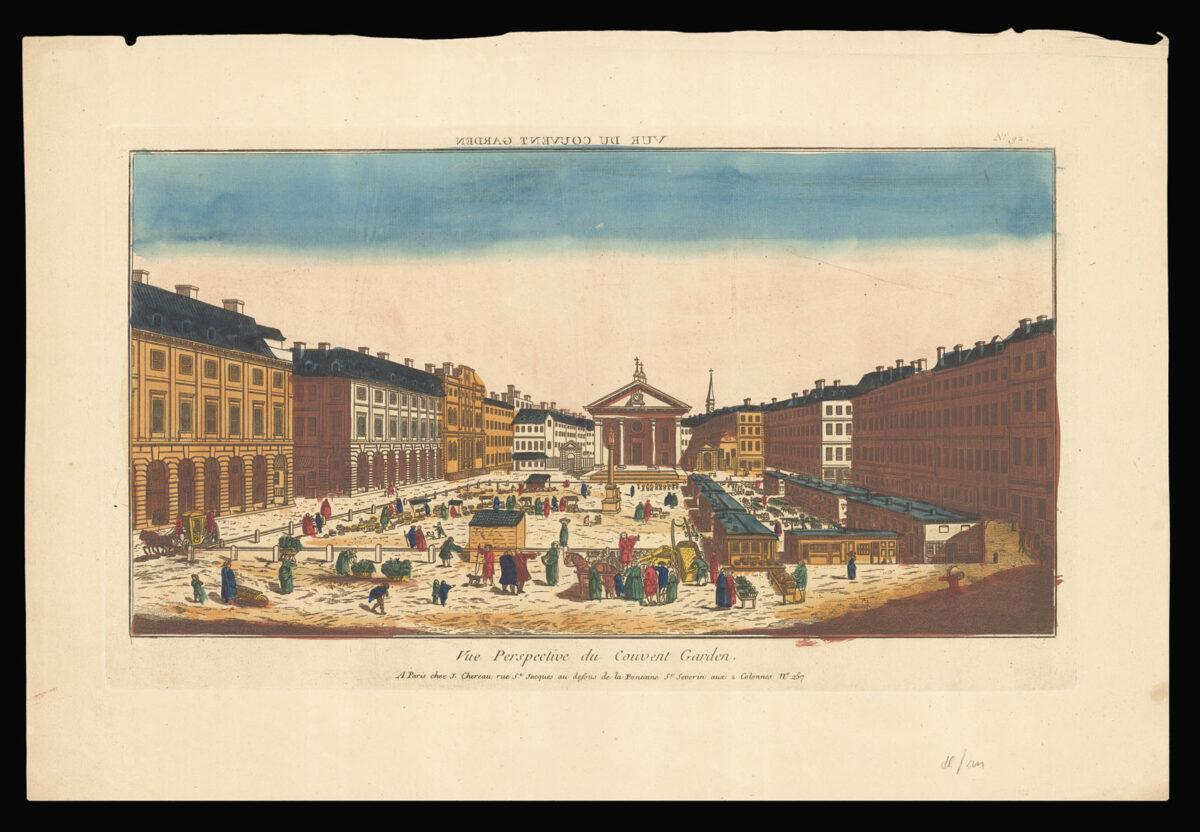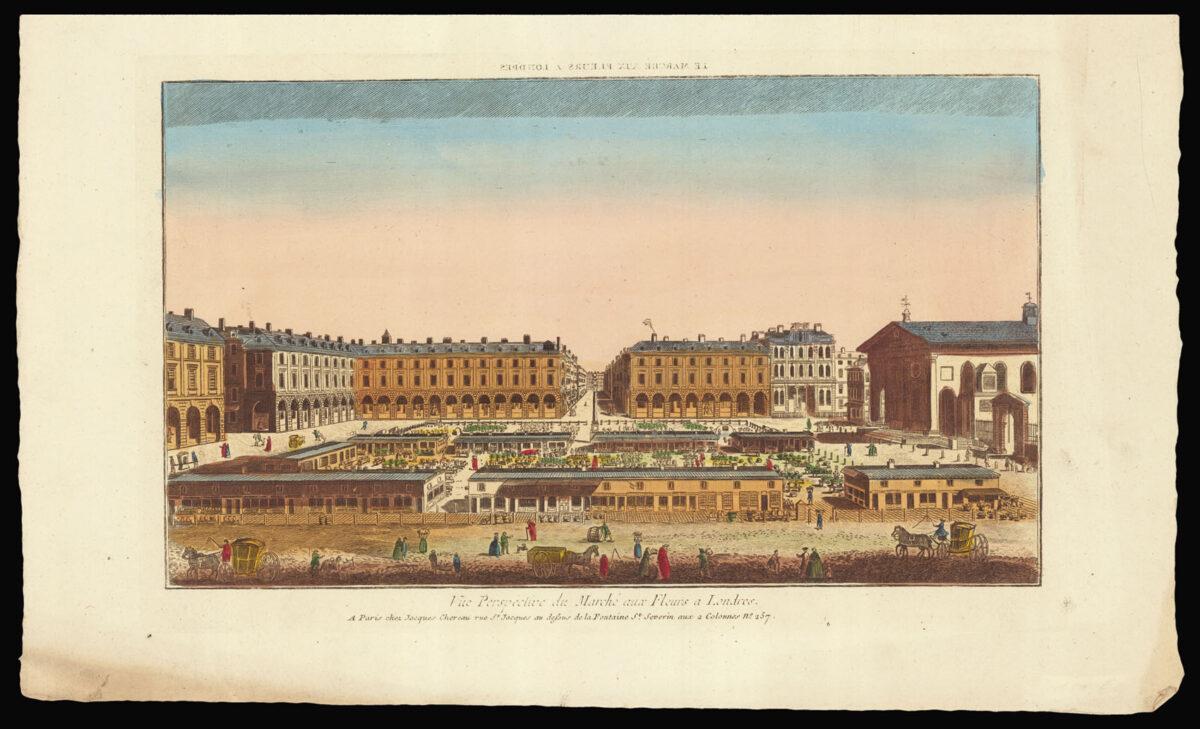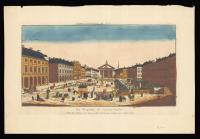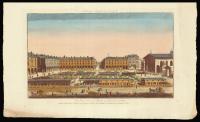


Price on application
This object includes complimentary, Insured Shipping / Delivery within the UK
This object is eligible for a Certificate of BADA Provenance
The BADA Standard
- Since 1918, BADA has been the leading association for the antiques and fine art trade
- Members are elected for their knowledge, integrity and quality of stock
- Our clients are protected by BADA’s code of conduct
- Our dealers’ membership is reviewed and renewed annually
- Bada.org is a non-profit site: clients deal directly with members and they pay no hidden fees
George III Mahogany Zograscope.
England, Circa 1790.
Comprised of a turned mahogany base, a turned wooden column with threaded end screwed into the lead-weighted base and supports the zograscope frame which is inserted into the centre of the column and height adjusted by means of a mahogany screw key to the side.
The frame holds a mirror with original silvering still intact and in front is a second frame holding a large double convex lens. Both frames are decorated with ebony and satinwood boundary inlay with star type motifs, leading the eye to the centre of the lens. The lens is in superb condition with some mild foxing and loss to the silvering of the mirror plate, however it does not affect the use of this authentic piece.
The zograscope (or zogroscope) was considered high technology during this the late Georgian period. Using the integral double convex magnifying lens, the mirror plate was angled to reflect specially conceived prints (often topographical views or buildings) on a flat surface that when viewed through the lens would create an illusion of depth within the picture. The prints viewed through this type of zograscope were printed in reverse.
Edward H. Pinto writes 'zograscopes, one of the more extraordinary conceits of fashionable 18th century society, which had a second lease of life extended to the late 19th century....The zograscope, which was probably invented about 1750, was also known, during its long life, as an optical machine, or an optical diagonal machine in England, and in France as an optique.... at first, it was mainly used by short-sighted people who, according to the conventions of 18th century society, would not be seen wearing spectacles in public. As copperplate engravings, on account of cost, were generally made small, the zograscope was a great boon to those who, by reason of age or other forms of near-sightedness, were otherwise debarred from enjoying them.' ('Treen and other wooden bygones', Bell and Hyman, 1979, p. 284).
Offered with the following two engraved prints: Vue Perspective du Marché aux Fleurs a Londres published by Jacques Chereau rue St, Jacques au defous de la Fontaine St. Severin aux 2 Colonnes No.257, c.1760–70, 12.5 x 20 in) and Vue Perspective du Covent Garden by the same publisher, c. 1760 (13.75 by 20 in).
Dimensions
60 x 27 x 20 cmPrice on application
This object includes complimentary, Insured Shipping / Delivery within the UK
This object is eligible for a Certificate of BADA Provenance
Stock number
602aThe BADA Standard
- Since 1918, BADA has been the leading association for the antiques and fine art trade
- Members are elected for their knowledge, integrity and quality of stock
- Our clients are protected by BADA’s code of conduct
- Our dealers’ membership is reviewed and renewed annually
- Bada.org is a non-profit site: clients deal directly with members and they pay no hidden fees



